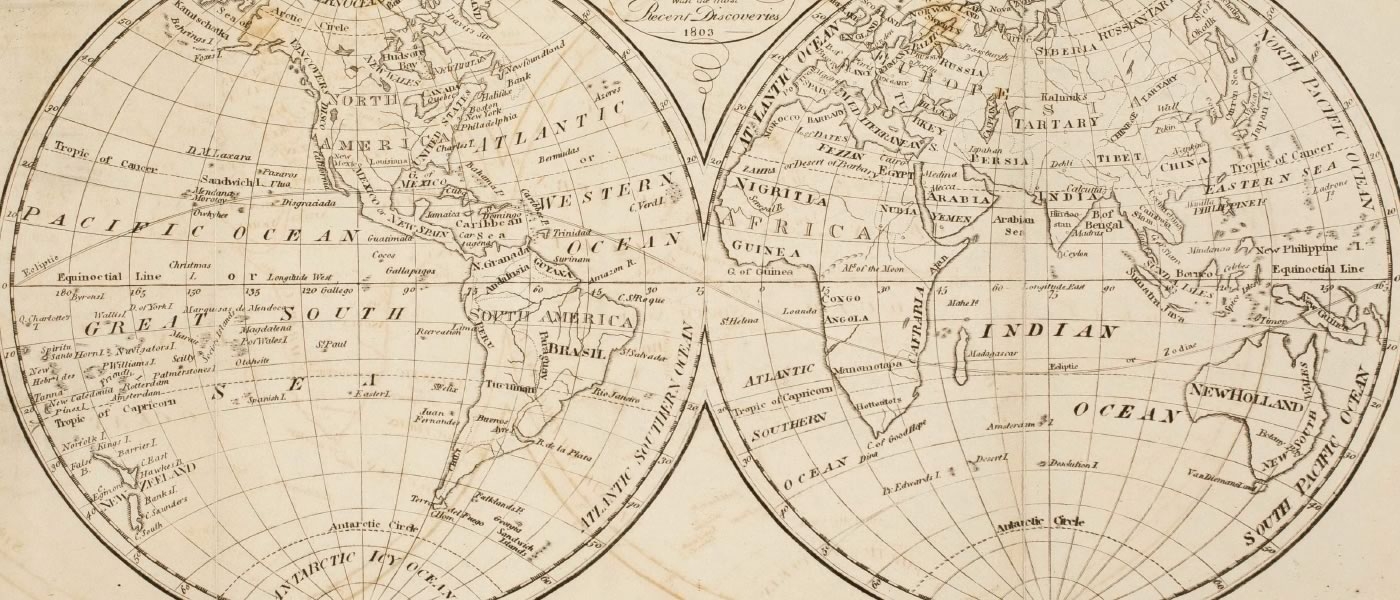| By Gale Staff |
With the digitization of historical documents, travel and special access are no longer required to view rare and unique archival material, giving researchers endless possibilities to make new discoveries. Now, researchers and learners have access to millions of pages of monographs, newspapers, and other primary sources from across the globe at their fingertips, with more material to explore every day.
To aid in the research discovery process, Gale continuously receives feedback from users and updates our platforms to meet their needs. In our latest round of product enhancements, we’re tackling a redesign of the document viewer in Gale Primary Sources, Gale Literature Criticism, Gale Literature: Dictionary of Literary Biography, Gale Digital Scholar Lab, and Gale Literature: Something About the Author to improve the viewing experience.
Phase 1 of this redesign is now live, bringing researchers a refreshed Explore panel, improved navigation options, and accessibility enhancements. Additional phases of the redesign will be rolled out later this year to offer continued improvements to the research experience.
Get details below about what’s changed in the document viewer that will benefit your researchers and get a preview of additional enhancements to come.
Make Research Seamless with a Revamped Explore Panel
While collecting feedback on the previous document viewer, end users indicated they had trouble finding key Explore panel features. To remedy this issue, we’ve updated the Explore panel to organize features more intuitively and label each section by utility.
- Find in Document: Easily search and find keywords within documents. Find in Document will be the default section displayed for all documents except State Papers Online manuscripts.
- View Options: Quickly view the optical character recognition (OCR) panel, switch to full-page view in newspapers, or adjust the contrast/brightness of the image.
- Notes: Access item-level navigation for certain manuscripts and bibliographic notes for some monographs.
- Listen: Hear documents read aloud with ReadSpeaker text-to-speech technology in the Gale Literature resources noted above and with a new audio feature in Chatham House Online Archive.
- Explore: Encourage users to explore related documents with features such as Related Resources, Related Subjects, Related Volumes (monographs), and Prev/Next Issue (newspapers).
- Full Citation and Table of Contents remain unchanged.
Find Relevant Pages with a New Appearances of Keyword Feature
To help researchers find more pages with relevant keywords, the new document viewer includes an Appearances of Keyword feature that prominently lists related pages. This list also includes Keyword Preview snippets, drawing from the familiar Gale Primary Sources Search Results feature, to help researchers vet documents before viewing them.
- Appearances of Keyword: This feature will replace Relevant Pages and be available from the Find in Document section of the Explore panel, beneath the Search Within box. This feature will list all pages where the keyword appears.
- Keyword Preview: Each page number will be accompanied by a snippet of the document where the highlighted keyword appears to help users efficiently determine if a document is relevant to their search.
- Clearer Keyword Display: When a user first retrieves a new document from this feature, they will start on the first page where their keyword appears instead of the cover page.
Navigate Monograph Pages with Ease
Page numbers often don’t match image sequence numbers in digitized monographs. For users searching for a particular page from a citation or prior familiarity with a book, this presents a challenge. Changes to the Jump to Page feature will help users overcome this issue.
- Jump to Page: Users will now see the Jump to Page feature alongside the image sequence navigation in the document viewer toolbar for monographs. Page and image numbers will be clearly juxtaposed and change dynamically as users navigate through the document.
- Tooltip: The page image sequence will be accompanied by an info button that expands to a tooltip explaining the difference between the two navigation methods.
Offer Improved Accessibility for Primary Sources
We continuously review and make updates to meet accessibility standards and ensure researchers of all abilities can use Gale resources.
- All new features described above are accessible by screen readers.
- Existing accessibility issues have also been addressed in the Phase 1 update, including adding labels for all Explore Panel tabs, the rotate button, the Search Within box, and its accompanying radio button options for newspapers and monographs.
Have questions about the redesign process or need help sharing these updates on your campus? Connect with our Academic Outreach and Engagement Team.


